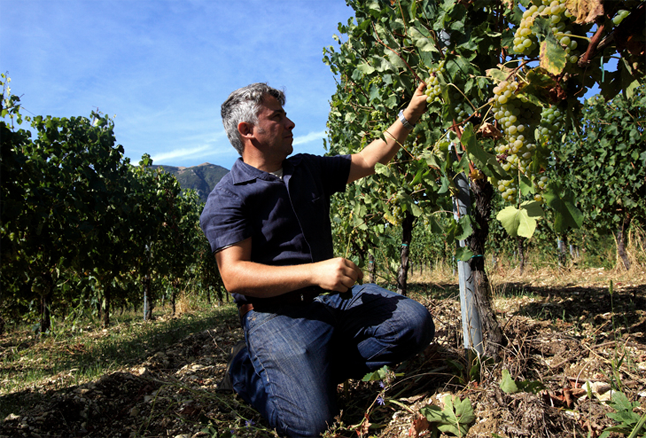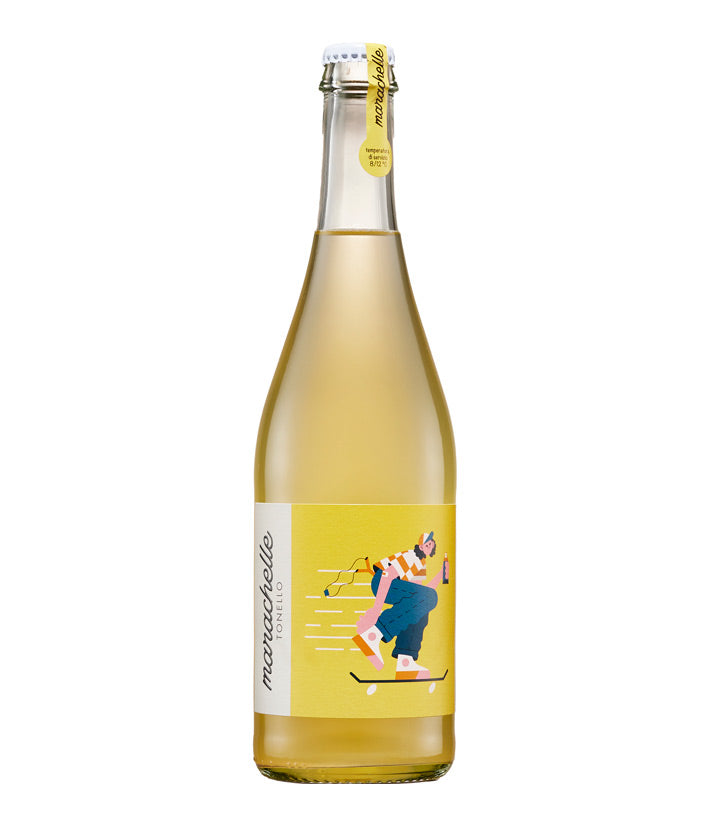
Biotechnological – An approach to natural winemaking
One of the most frequently heard criticisms of organic and biodynamic wines – ‘natural’ wines for the purpose of this discussion – is that they often ‘stink’. This is by no means an affliction regarding only natural wines, conventionally made wines can also suffer from stinkiness. What is noteworthy, however, is that many consumers believe that even when natural wines are smelly they are still very good, as if beneath the smelliness lurks an intrinsic quality.
The impression is that in some natural wines showing overt ‘smelliness’ – aromas of horse stables, rotten eggs, boiled vegetables such as cabbage, burnt rubber and acetone are examples – all the hard work done in the vineyard in order to produce high quality, natural and healthy grapes is undone by an unwillingness to intervene in the winery. The very complex and critical process of vinification is willingly left to run its course, unguided, as if any kind of human intervention violates the natural essence of the wine being made. Many minor interventions can be carried out throughout vinification in order to prevent the development of those smelly aromas that ultimately compromise the wine’s overall quality and detract from its potential to give sensory pleasure to the consumer. The interventions we are referring to are not those of a violent nature, such as reverse osmosis, must-concentration or heavy filtration. Simple things, such as well-timed rackings – drawing a fermented wine off its yeast lees and transferring it into another receptacle – and appropriate cellar hygiene can be all it takes to avoid unpleasant aromas or smelliness in a wine.
The Italian producer Fabio Marchionni, who produces Verdicchio di Matelica at his family’s small estate, Collestefano, describes his winemaking as ‘biotechnological’. The Collestefano estate sits in an idyllic patch of countryside in the central west of the Marche region not far from the border with Umbria. The estate is in an isolated area, surrounded by bushland, and lies at about 450 meters above sea level. This is a pristine part of Italy, and Fabio does all he can to preserve the unpolluted state of his local region as well as the natural health of his vineyards; this is why 20 years ago he made the choice to practice natural viticulture – Fabio is also adamant that this type of viticulture enables him to make better wines. Fabio’s Verdicchio di Matelica is consistently regarded as one of Italy’s best value white wines; referring to the 2012 vintage, Ian D’Agata had this to say: ‘I think it is probably Italy’s single greatest white wine buy.’ A bonus for drinkers of Collestefano, and also a demonstration that natural does not necessarily have to be more expensive than conventional.
By ‘biotechnological’ – the word sounds like a contradiction in terms – Fabio means that he uses his scientific understanding of the winemaking process, as well as the technology available to him, to best protect the qualities his grapes derive from being grown naturally. By understanding the potential hazards, mainly due to the activity of spoilage microbes (certain species of bacteria and yeast), involved in the vinification process, Fabio is able to intervene if a problem does arise. The technology he employs is nothing special, just temperature controlled stainless steel tanks – he doesn’t even use pumps in his winery. Fabio feels that the ability to control the temperature of his ferments is critical to achieving the crystalline purity that his wines are known for. The concessions Fabio makes to conventional winemaking are in the use of selected yeasts to start his ferments – the wild yeast population then takes over to get the job done – the use of bentonite to clarify his wines, and in certain years where the vintage conditions result in cloudier musts, he will apply a light filtration.
All of these interventions are frowned upon by those producers who follow an intransigent ideological approach to natural winemaking. In this view, technology and science are seen almost as enemies of nature. It is very difficult to predict what will happen when a ferment is allowed to follow its natural course without any human guidance whatsoever. The probability of microbial spoilage and the consequent development of smelly aromas in the wine are very high. Another possible consequence of this total hands-off approach to winemaking is the risk of bottling an unstable wine in which undesirable microbial transformations will continue in the bottle. In this scenario, the producer will have bottled a wine with a range of flavours and aromas that are different to those that will confront the consumer upon opening the wine. The upholders and defenders of smelly natural wine argue that the wine’s smelliness somehow authenticates not only the wine’s naturalness but also represents the most pure expression of terroir – that quality that profoundly links a wine to its geographical birthplace as well as the climatic and vintage conditions in which the grapes were grown. Two main counter considerations come to mind: wouldn’t those natural wines afflicted with smelliness be even better without the smelliness; and does this smelliness not mar the wine’s expression of terroir rather than represent it?
Fabio argues that his ‘biotechnological’ approach puts science at the service of nature, and by doing so believes he is not only protecting the naturalness of his wines but also their expression of terroir.
The debate as to which is better is futile, the only real jury being the consumer.
- Category:
- Drink
